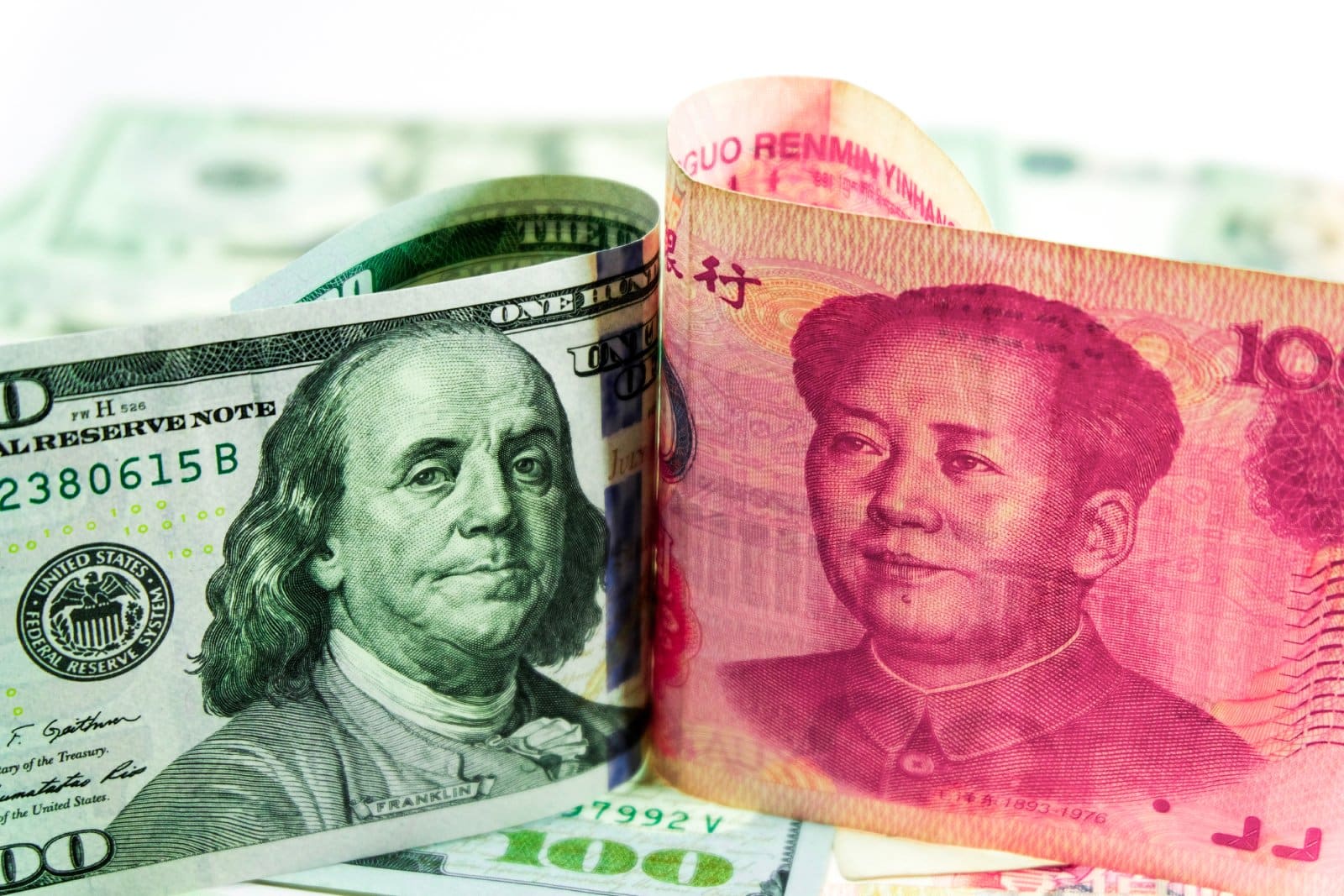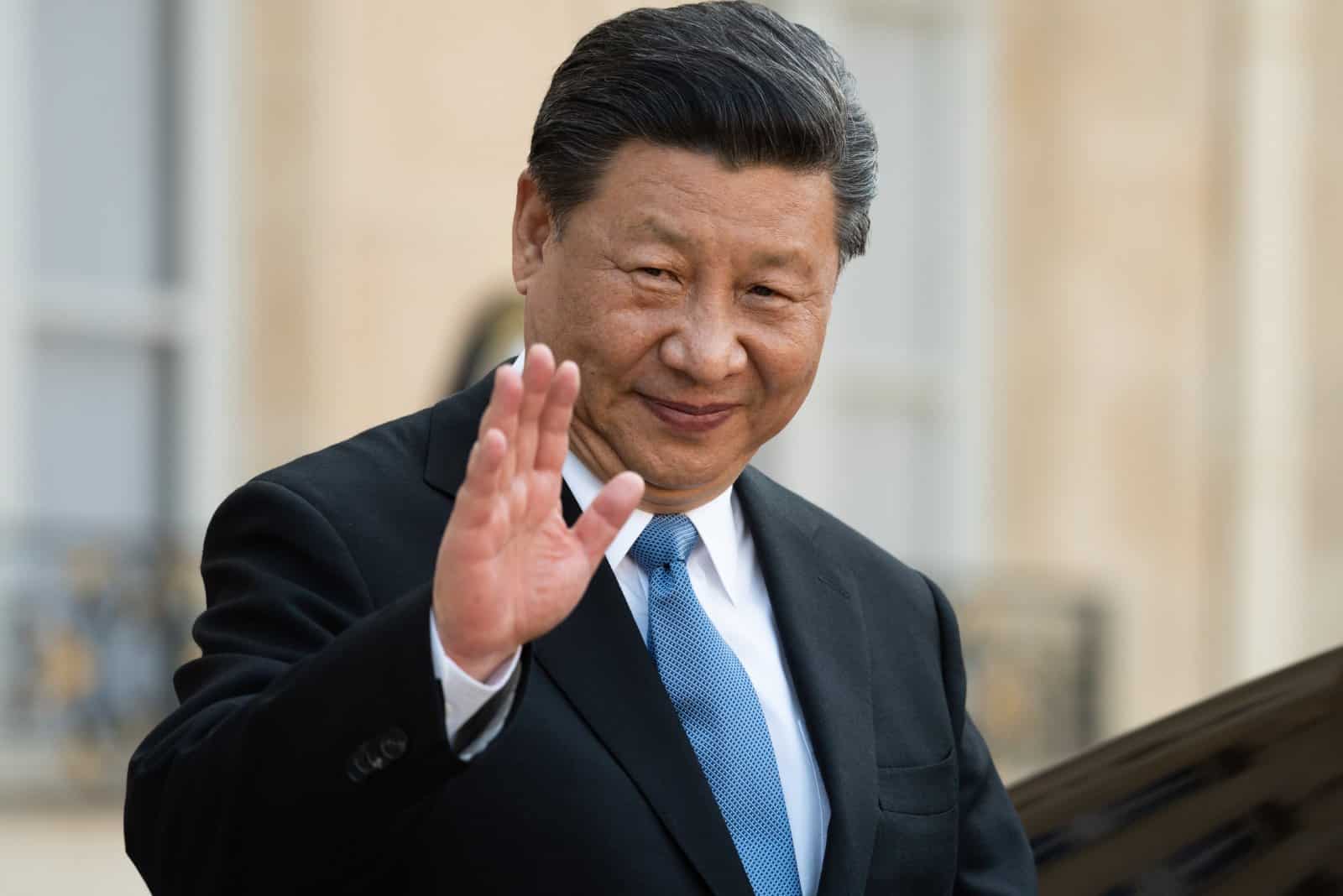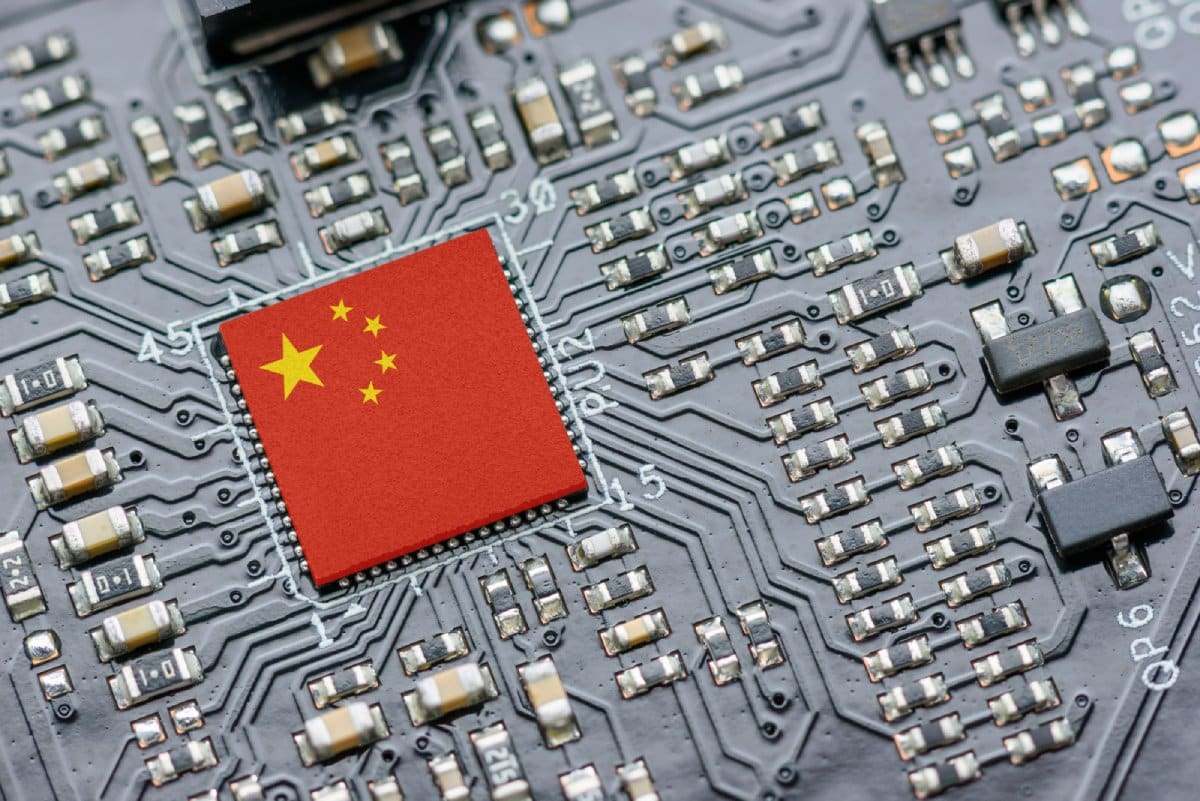In the next step forward for the technological race between world superpowers, China has secured billions of dollars for its semiconductor industry.
A Push for Future Technologies

China has now launched a national chip fund worth $47.5 billion, in a bid to boost its semiconductor industry and push innovation in future technologies.
Third Round of Funding

The fund is the third round of its kind and includes investment from some of the largest state-owned banks in China, including ICBC and China Construction Bank.
The ‘Big Fund’

It is part of the National Integrated Circuit Industry Investment Fund, also known as the ‘Big Fund’ which includes investments from 19 state-owned investors, including six major banks, and is managed by the Ministry of Finance.
Made in China 2025

China hopes to become a global leader in leading industries like quantum computing, artificial intelligence, electric vehicles, and more, as outlined in the ‘Made in China 2025’ 10-year plan to become more self-sufficient and less reliant on the US.
Race Against the USA

The nearly 50-million dollar fund has been set up as the US continues to impose more restrictions on exports to China, particularly the export of chips and chip technology.
Sparking US Fears

Leader Xi Jinping is making an aggressive push to become a tech superpower, raising alarms in the US that their advancements could not only push them ahead in future technologies but could also be used in a military context.
Largest Funding Round Ever

$47.5 billion is so far the largest amount that the Chinese Communist Party has raised to support its strained semiconductor industry. The details were shared this week via a filing from a government-run companies registry.
10 Years of Investment

The first phase of funding was established in 2014 and raised over $19 billion in investments. The third phase, in 2019, raised the bar to $28 billion.
Ministry of Finance

China’s Ministry of Finance is the largest individual shareholder in this latest fund, according to Chinese information database company Tianyancha, with a stake of 17%.
Six Chinese Banks Involved

China’s six biggest banks hold a combined majority 33% stake. China Development Bank Capital has the second-largest individual share and the largest stake of all six banks, at 10.5%.
Shares Jump

Markets are already responding to the news, with the foremost chipmakers in China seeing a spike in share value.
SMIC Rose by 7%

Semiconductor Manufacturing International Corporation (SMIC) gained 7% in share value since the announcement, for example. It is the third-largest chipmaker in the world.
Hua Hong Semiconductor

Hua Hong Semiconductor, a chip foundry that supplies Huawei, China’s largest digital communications technology corporation, saw a major 13% jump.
Catching Up by 2030

The government aims to use the funding to bring the Chinese semiconductor industry up to international standards by 2030, with a focus on chip design, materials, and manufacturing.
Export Controls from the US

Still, in spite of the staggering investment, there are still a series of roadblocks ahead for China’s semiconductor development. Most notable are the series of export controls enacted by the Biden administration in 2022.
Licensing Requirements

These measures included requiring Chinese companies to be licensed before they could purchase advanced chips and chip-making equipment, and laws around US nationals working for chip-makers in China.
Chopping the Rungs Away

Industry experts called the export measures a way for the US to “chop the rungs away” as China aims to climb the ladder of future technologies. “The US moves are a major threat to China’s technological ambitions,” said Mark Williams and Zichun Huang in a 2022 research report Capital Economics.
Restricting Chinese Innovation

“Chinese firms will lose access not only to advanced chips, but to technology and inputs that might over time have allowed domestic chipmakers to climb the ladder and compete at the cutting edge,” they added.
Corruption and Bribery

Bribery and corruption scandals have also rocked the Big Fund in recent years, including a government crackdown on the semiconductor industry, The investigation led to Lu Jun, the manager of the fund, being indicted on bribery charges.
“No Force Can Stop China”

Still, Xi Jinping has remained steadfast concerning China’s technological progress. While meeting in March with Dutch Prime Minister Mark Rutte, who has placed prohibitions on shipping Dutch lithography machines (used to produce semiconductors), Xi declared that “no force can stop China’s scientific and technological development.”
Remote No More: 19 Companies Returning to the Office

As the pandemic wanes, companies are recalling remote workers back to the office, sparking debates on fairness, costs, and convenience. However, there are also notable productivity, coworking, and mental health benefits to consider. Feeling the effects of these changes? Remote No More: 19 Companies Returning to the Office
8 Costco Must Buys and 8 to Leave Behind

Ever wandered Costco’s aisles, questioning if that giant jar of pickles is a real bargain? Or debated buying tires where you get your rotisserie chicken? Welcome to the definitive guide to Costco shopping—a journey to save money, prevent regrets, and offer quirky insights into bulk buying. 8 Costco Must Buys and 8 to Leave Behind
23 Reasons Texas Is the Next Big Thing

Texas is becoming a beacon of opportunity, blending cultural heritage with economic growth. From its landscapes to its industries, the Lone Star State offers a dynamic lifestyle. Here are 23 reasons why Texas stands out, attracting entrepreneurs, artists, tech professionals, and families seeking new beginnings. 23 Reasons Texas Is the Next Big Thing
15 Top Sites to Sell Your Unwanted Goods Besides Craigslist

Selling your unwanted items can declutter your space and boost your income. While Craigslist is popular, there are many alternatives with unique features and wider audiences. Explore these 15 Craigslist alternatives for selling everything from furniture to electronics, finding the perfect platform to turn clutter into cash. 15 Top Sites to Sell Your Unwanted Goods Besides Craigslist
Work from Anywhere: 19 Companies Still Supporting Remote Work

Tired of commuting and craving work flexibility? You’re not alone. Many companies now offer remote work, benefiting both employees and employers. Ever wondered how this shift could enhance your work-life balance? Work from Anywhere: 19 Companies Still Supporting Remote Work
The post – What’s China’s $47.5 Billion Chip Industry Gamble Really About? – first appeared on Liberty & Wealth.
Featured Image Credit: Shutterstock / William Potter.
The content of this article is for informational purposes only and does not constitute or replace professional financial advice.

